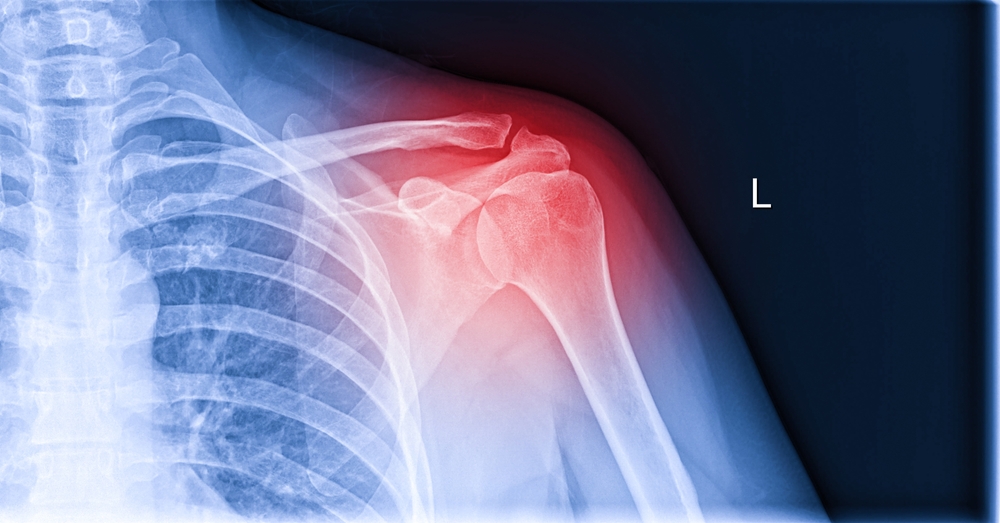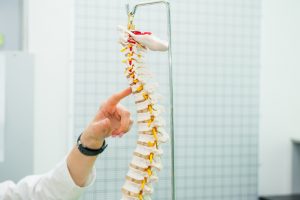What NOT to do with a torn rotator cuff?
The rotator cuff is a popular topic now and since we wrote a blog about ‘How do I know if I have torn my rotator cuff’ we have had lots of feedback from you requesting more information on the rotator cuff.
This blog will fast forward slightly so if you haven’t read the first one please see it here.
Many of you will have suffered or know someone with a rotator cuff injury and if it is a grade 3 this can cause severe problems and affect your daily activities. We are referring to grade 1 and 2 tears in this blog and what you need to do to prevent an arthritic shoulder or surgery.
Let’s start with not what to do, let’s say you have had a diagnosis. You have had an ultrasound and they have diagnosed you with a grade 1 or 2 tear. You don’t want to have surgery and you want to try and manage this effectively without risking surgery.
Book a consultation with a Sports Therapist here
What not to do:
- DO NOT- raise your arms above your head for long periods of time, like sitting back on the sofa with your arms behind your head, this will create maximum tension on your rotator cuff and not allow it to heal quickly.
- DO NOT-round your shoulder’s forwards when siting or walking. This will cause more tension on the rotator cuff as the shoulder pulls forward. If the tendon is trying to heal, more tension on it will not allow that to happen.
- DO NOT-lift anything heavy over your head or out to the side. This is where the rotator cuff muscle is under most tension and highly stretched. An example would be taking a bag off the rack above your head on a train, make sure you ask for help with this.
Can you live with a torn rotator cuff without surgery?
If the tear is a grade 1 or 2 then most of the time you can live without surgery. It depends on what you are doing in your day to day. A professional cricket player who uses their shoulder every day may struggle to avoid surgery with a grade 2 tear, the same as a bricklayer or plasterer. They may need to undergo surgery to reattach the tendon and fix it with an anchor as they will be putting their rotator cuff under a lot of stress each day.
But if you are not in a physical trade and you do light exercise throughout the week, with a proper rehabilitation programme and help from a sports therapist or physiotherapist you will have a good chance of avoiding surgery.
There is even some evidence to suggest that even if you have a full thickness grade 3 tear that you can avoid surgery with a 3-month rehabilitative programme.
Should you wear a sling for a rotator cuff tear?
I get asked a similar question by my clients, ‘should I wear a back brace?’ You should not fix the body in place as a rule unless there is neck trauma or a broken bone. I can’t think of too many typical reasons to isolate an area. The reason is you want to get some movement back in the joint and you also want to avoid a frozen shoulder setting in.
The movements you want to avoid are lifting your arm above your head and lifting anything outstretched or holding a weight away from the body. For example, your kids or grandkids, when you pick them up, keep them close to your body.
How do you rehab a rotator cuff without surgery?
Try these simple movements and check out my YouTube video showing these exercises.
- Internal Rotation with band-Tuck your elbow in, keeping it next to your body, and move your arm inwards towards your stomach using the band as resistance. This is an important strengthening exercise for the rotator cuff shoulder muscles. Click here
- Isometric internal rotation door frame-Tuck your elbow in, keeping it next to your body, and resist the movement of your arm inwards towards your stomach by pulling against a door frame. Your arm should not move. This is an important strengthening exercise for the rotator cuff shoulder muscles. Click here
- Internal rotation with over-pressure-Lying on your injured side (if it’s too uncomfortable to lie on this side, then stop the exercise), bend your arm to right angles, and gently push your palm towards the floor. This is a mobility exercise for your shoulder. Click here
Book a consultation with a Sports Therapist here
If you do know someone who wants more advice, please send them our details. You can send them this assessment as well to diagnose their back pain. It is a great tool to understand where your back pain is coming from, it is free and takes 60 seconds. Click here for assessment


